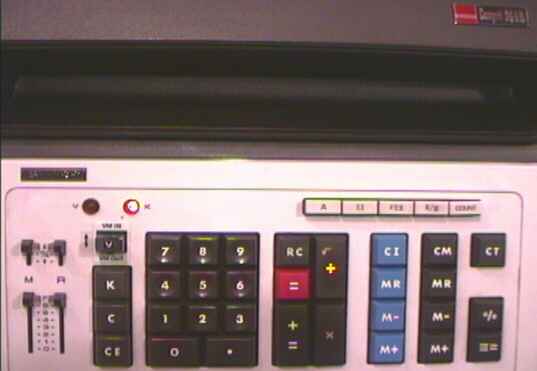

For those with good ears, this is why those weird key signatures were chosen, because they worked better in that key. And since having one flat means there is no second-to-last flat, this key must simply be memorized.It's a variation and result of the evolution of pianos - Up to Bach's day, pianos had a different tuning that meant serious problems when you played in a different key - real 'out of tuneness' - but the new method of tuning them meant key changes were possible, as the new tunings meant no nasty clashes, but no 'perfect' tuning either. F major has only one flat in its key signature – Bb.

The exceptions are the key of C major (which has no sharps or flats), and the key of F major. This trick will work for all but two of the twelve major key signatures. Therefore, this is the key signature for Db major. Reading from left to right, the flats are Bb, Eb, Ab, Db, and Gb. For flat keys: Find the second-to-last flat. Therefore, this key signature is the key of A major. Going up one half-step from G# brings us to A. What is the major key signature written below? Therefore the key signature written is for the key of B major. Going up one half-step from A# brings us to B. On the example above, the last sharp is A#. Here is the trick for finding out which major key you are in when reading a sharp key signature: Find the last sharp. The sharps written here are (in order from left to right): F#, C#, G#, D#, A#.

When you look at a key signature, understand that the sharps or flats read in order from left to right, even though it looks like they are being written in an up-and-down pattern.


 0 kommentar(er)
0 kommentar(er)
